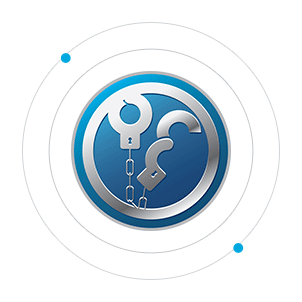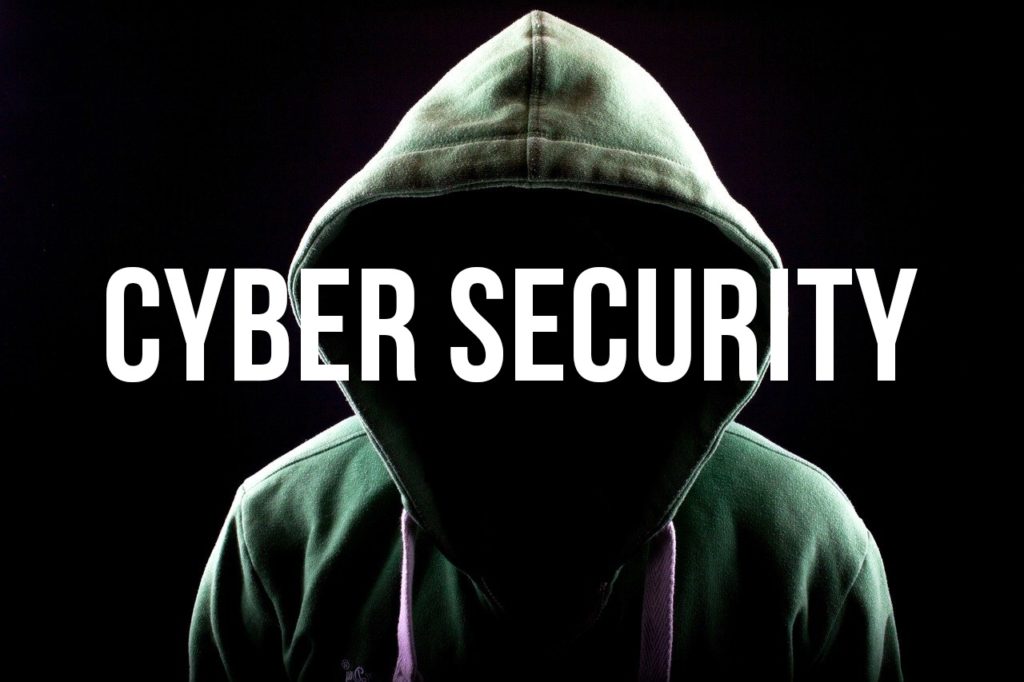Protect Your Online Assets With These Tips
Cybersecurity is a serious risk to companies today. What would happen to your business if your network was hacked? If you have data, which the majority of companies today do, you are at risk for a security breach.
New threats develop continually by cybercriminals, and your business needs to develop a strategy and policy to deal with any breaches to your data. Being prepared can help decrease any damages or loss of the company and client information.
Scam Detectors Most Trusted Websites in Online Security
- Guard.io (100): Surf the web safely. Clean up your browser, remove maliscious extensions and check for privacy violations.
- Incogni.com (100): Delete your personal data from the internet and protect against scams and identity theft.
- ExpressVPN (100) Stay secure and anonymous online - Best VPN Out There
By following this seven-step checklist for cybersecurity, you can keep your business well protected.
1. Assess the Risks
In order to have a strategy for a cyber attack, you need first to do an IT risk assessment. An IT risk assessment will list all potential threats that could be bad for your business, such as malware, denial of service, and online scams. It's essential to evaluate how well your IT infrastructure and company will fare against any real-world threats by testing your security. These test results will help you develop IT risk management strategies.
2. Secure the Network
Cybercriminals often intrude on a company's system through vulnerable networks. To diminish cyber attacks, you need to do the following:
– Firewalls – firewalls will give employees permission to access only trusted networks and deny access to dangerous websites and services
– Invasion prevention systems – prevention systems will block unusual networks or behaviors that might indicate an attack on your systems
– Email security software – an email security software will filter any spam and dangerous emails.
3. Anti-Malware Software
Install anti-malware programs, and these programs are made to defend against all known types of malicious software like computer viruses, spyware, keyloggers, worms, and Trojan horses. The programs will run full system scans that will detect and remove any threats in your systems. It's essential to keep your anti-malware software up to date.
4. Systems Updated Regularly
Vulnerabilities in software are discovered every day. The tiniest bug can become entry points for hackers if left unfixed for too long, and this is why it's critical to minimize these risks by doing system updates regularly, this includes:
– Keep an up to date inventory for every IT asset in the company
– Continually check hardware and software developer websites for updates
– Regularly conduct scans, to make sure there are no infrastructure changes or liabilities
– Any software you are not using can be removed.
– Try Cybri's pentest services.
5. Access Privileges
Not everyone in the company should have access to certain apps and data. There must be policies to limit users to only data and files that are needed to do their jobs. Implemented access privileges help minimize the chances of privacy breaches, unauthorized installations, and other threats.
6. Implement Removable Media Policies
Using removable USB drives is valuable for backing up and transferring large amounts of information, but it can have its risks, too, such as being misplaced, stolen, or hacked. Policies should state in cases where you must use removable media to be sure to scan al media for malware and implement with employees that they do not connect unusual devices to the corporate network.
7. Form an Incident Response Plan
It doesn't matter how well you think your systems are protected, and it is vital to have a security response plan in the case of a cyberattack, here are a few things you should do:
– Appoint a response team to be in charge of identifying, contacting and analyzing the security breach
– Back up all files on the servers to the cloud to prevent a massive data breach
– Implement a contact plan to inform employees who they have to notify if there is a security breach
– Test the incident response plan regularly and make sure employees are adequately trained on how to act if there a cybersecurity attack. Testing and training ensure that the procedures of the incident response plan are working correctly.
Final Thoughts
Being prepare for a breach in your cybersecurity is essential to protecting your data and critical information. It's necessary to have a plan in place and a checklist for employees to follow to get ahead of any cyber attack.
Verify a website below
Are you just about to make a purchase online? See if the website is legit with our validator:
vldtr®


TOP 4 MUST-WATCH FRAUD PREVENTION VIDEOS
1. Top 5 Amazon Scams in 2024 2. Top 5 PayPal Scams in 2024 3. How To Spot a Scam Email in 2024
- Latest Posts by Selma Hrynchuk
-
Compromised Credit Card Scam
- -
Fake Google Chrome Update
- -
Facebook Privacy Notice Hoax
- All Posts













